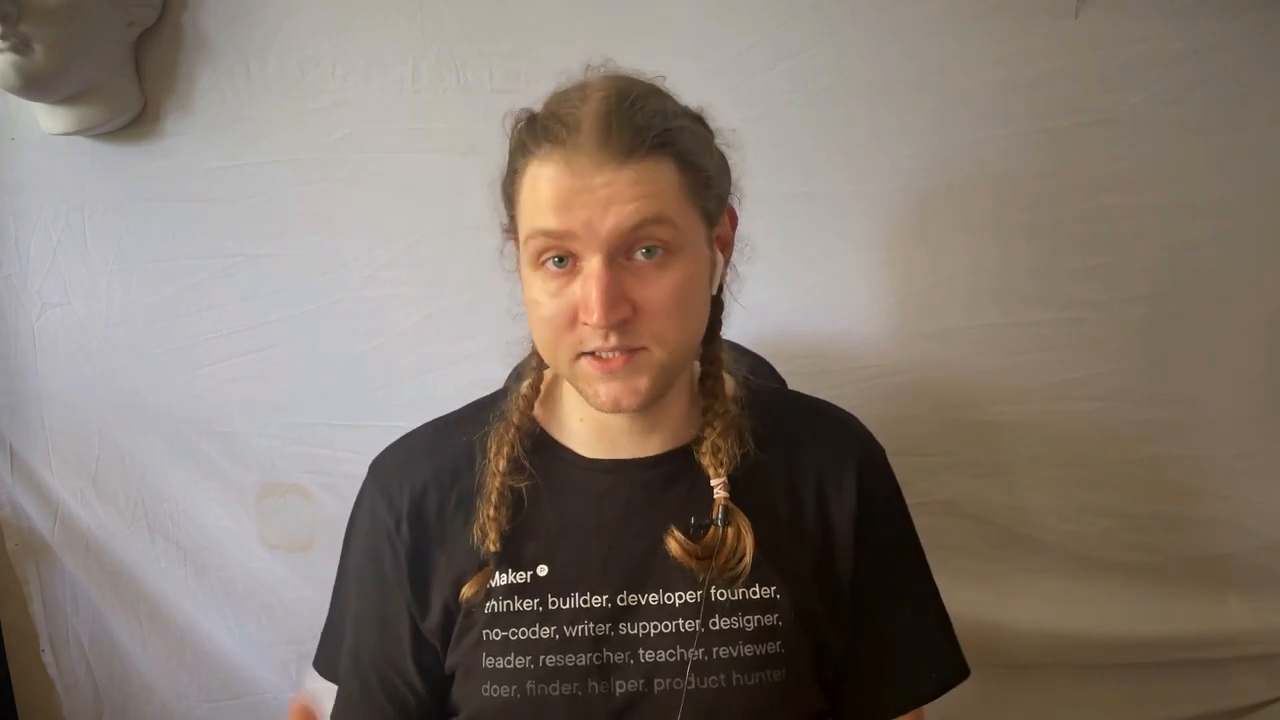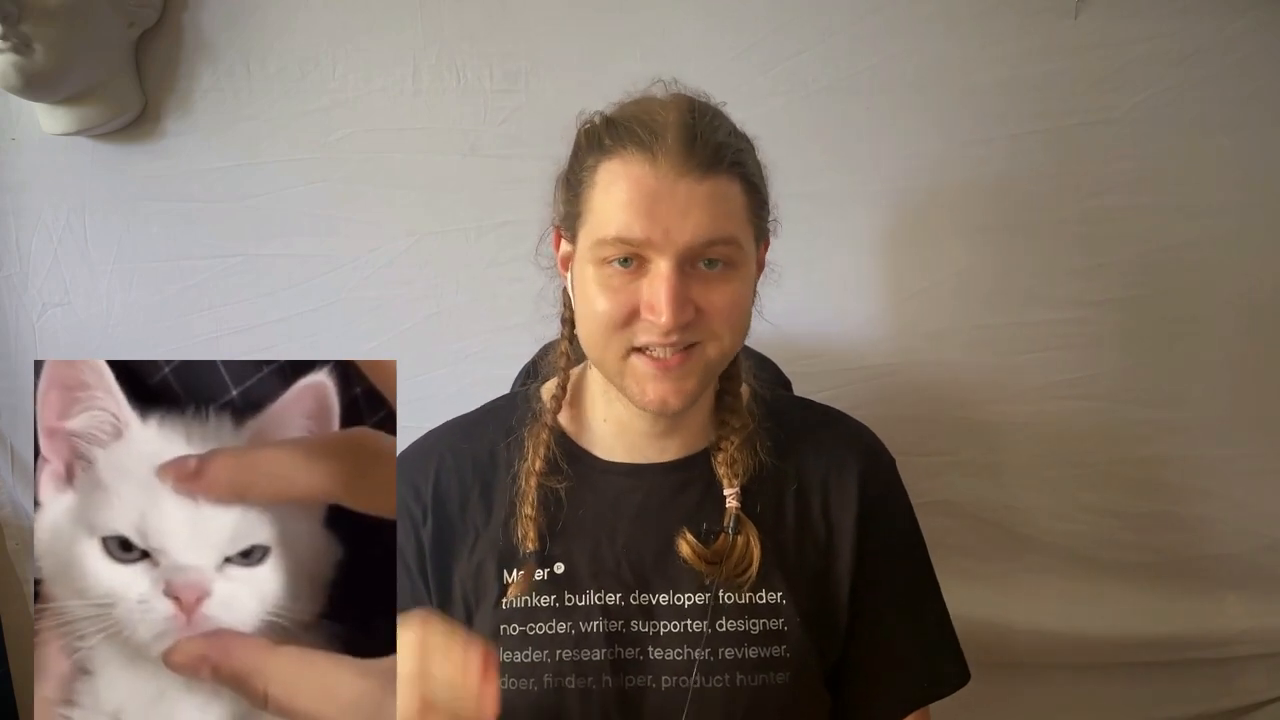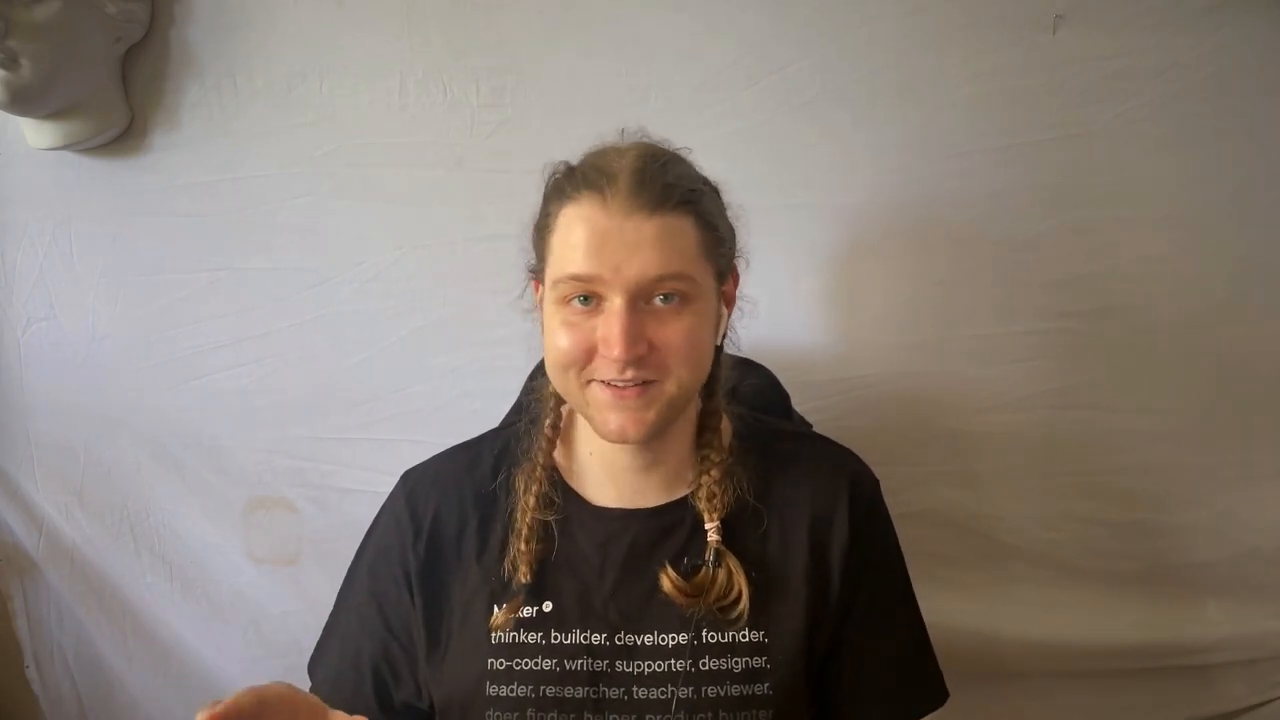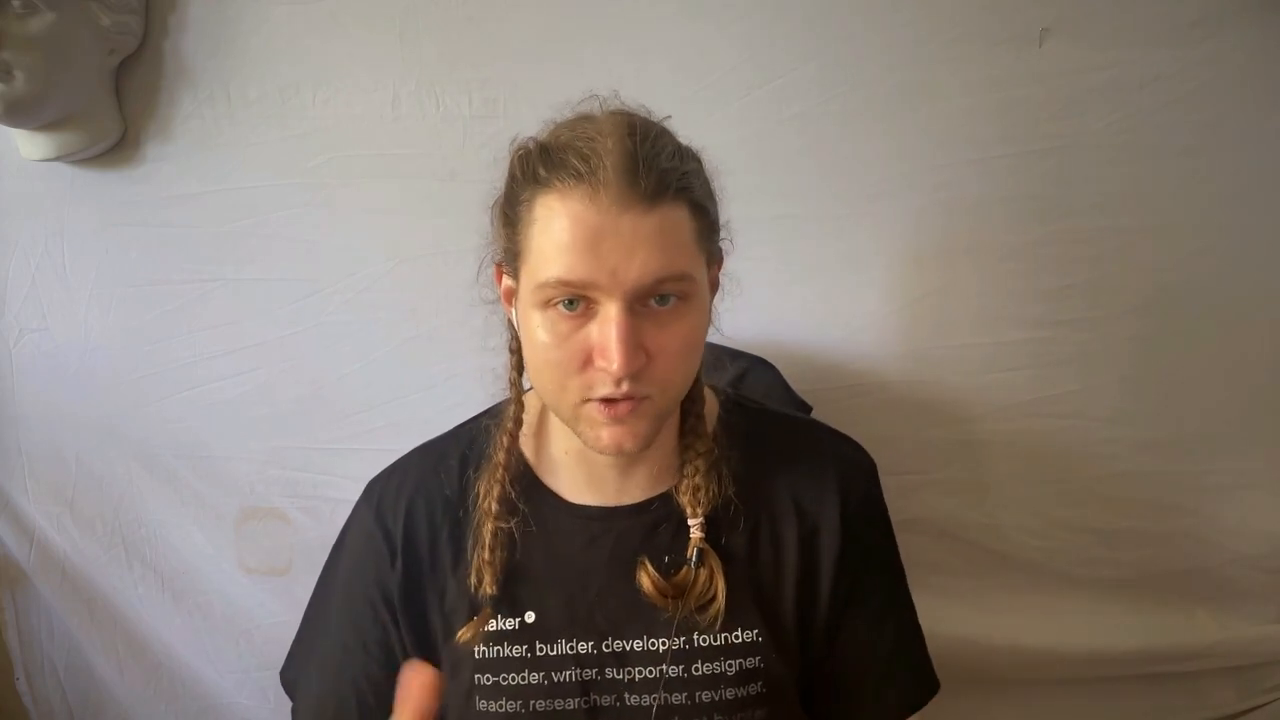Introduction to the Indie Makers Movement
As the founder of a SaaS company, I have had my fair share of experiences with the indie makers community. In this article, I will share my perspective on the pros and cons of selling to indie makers, and why I eventually stopped targeting them as my primary audience.
Defining an Indie Maker
 Introduction to the world of indie makers
A typical indie maker is a solo entrepreneur or part of a tiny team, usually consisting of one or two people. They are often tech-savvy developers, designers, or product people who possess an entrepreneurial spirit. By day, they might be working on a 9-to-5 job in tech, but by night, they are building their dream product, their next big thing, or their ticket to freedom from the corporate grind.
Introduction to the world of indie makers
A typical indie maker is a solo entrepreneur or part of a tiny team, usually consisting of one or two people. They are often tech-savvy developers, designers, or product people who possess an entrepreneurial spirit. By day, they might be working on a 9-to-5 job in tech, but by night, they are building their dream product, their next big thing, or their ticket to freedom from the corporate grind.
The Indie Makers Community
 A glimpse into the indie makers community
The indie makers community is a vibrant and active group of individuals who are passionate about building and creating. They are the masters of the side hustle, and they're active on Twitter, Reddit, and other online platforms, consuming podcasts about startups and watching videos like mine. The median revenue for an indie maker project is zero, but there are some stars who make significant money.
A glimpse into the indie makers community
The indie makers community is a vibrant and active group of individuals who are passionate about building and creating. They are the masters of the side hustle, and they're active on Twitter, Reddit, and other online platforms, consuming podcasts about startups and watching videos like mine. The median revenue for an indie maker project is zero, but there are some stars who make significant money.
Reasons Why Indie Makers Are Still Targeted
 Understanding the reasons behind targeting indie makers
Despite the challenges, many founders still target indie makers for several reasons. Firstly, selling to yourself means you understand their pain points, and there's no need for extensive market research. Secondly, indie makers provide valuable feedback, which is detailed and often genius. Thirdly, the viral effect of indie makers can turn one happy customer into a mini-marketing campaign. Additionally, there are 200,000 makers, and this number is growing fast.
Understanding the reasons behind targeting indie makers
Despite the challenges, many founders still target indie makers for several reasons. Firstly, selling to yourself means you understand their pain points, and there's no need for extensive market research. Secondly, indie makers provide valuable feedback, which is detailed and often genius. Thirdly, the viral effect of indie makers can turn one happy customer into a mini-marketing campaign. Additionally, there are 200,000 makers, and this number is growing fast.
The Downside of Targeting Indie Makers
 The challenges of targeting indie makers as a primary audience
However, there are two major downsides to targeting indie makers. Firstly, they prefer to solve problems by making, not buying. Secondly, they don't have any revenue to reinvest. This means that as a founder, you'll struggle to generate significant revenue from indie makers alone.
The challenges of targeting indie makers as a primary audience
However, there are two major downsides to targeting indie makers. Firstly, they prefer to solve problems by making, not buying. Secondly, they don't have any revenue to reinvest. This means that as a founder, you'll struggle to generate significant revenue from indie makers alone.
Conclusion and Alternative Strategies
 Exploring alternative strategies for growth
In conclusion, while the indie makers movement is a great party to be in, taking them as your main audience is a mistake. Instead, use the indie makers bubble as a kickstarting platform, not as an end goal. To grow your business, consider adding plans for corporates, creating content aimed at decision-makers, and hustling on LinkedIn. By diversifying your target audience and exploring alternative strategies, you can increase your chances of success and make a more significant impact in the market.
Exploring alternative strategies for growth
In conclusion, while the indie makers movement is a great party to be in, taking them as your main audience is a mistake. Instead, use the indie makers bubble as a kickstarting platform, not as an end goal. To grow your business, consider adding plans for corporates, creating content aimed at decision-makers, and hustling on LinkedIn. By diversifying your target audience and exploring alternative strategies, you can increase your chances of success and make a more significant impact in the market.
